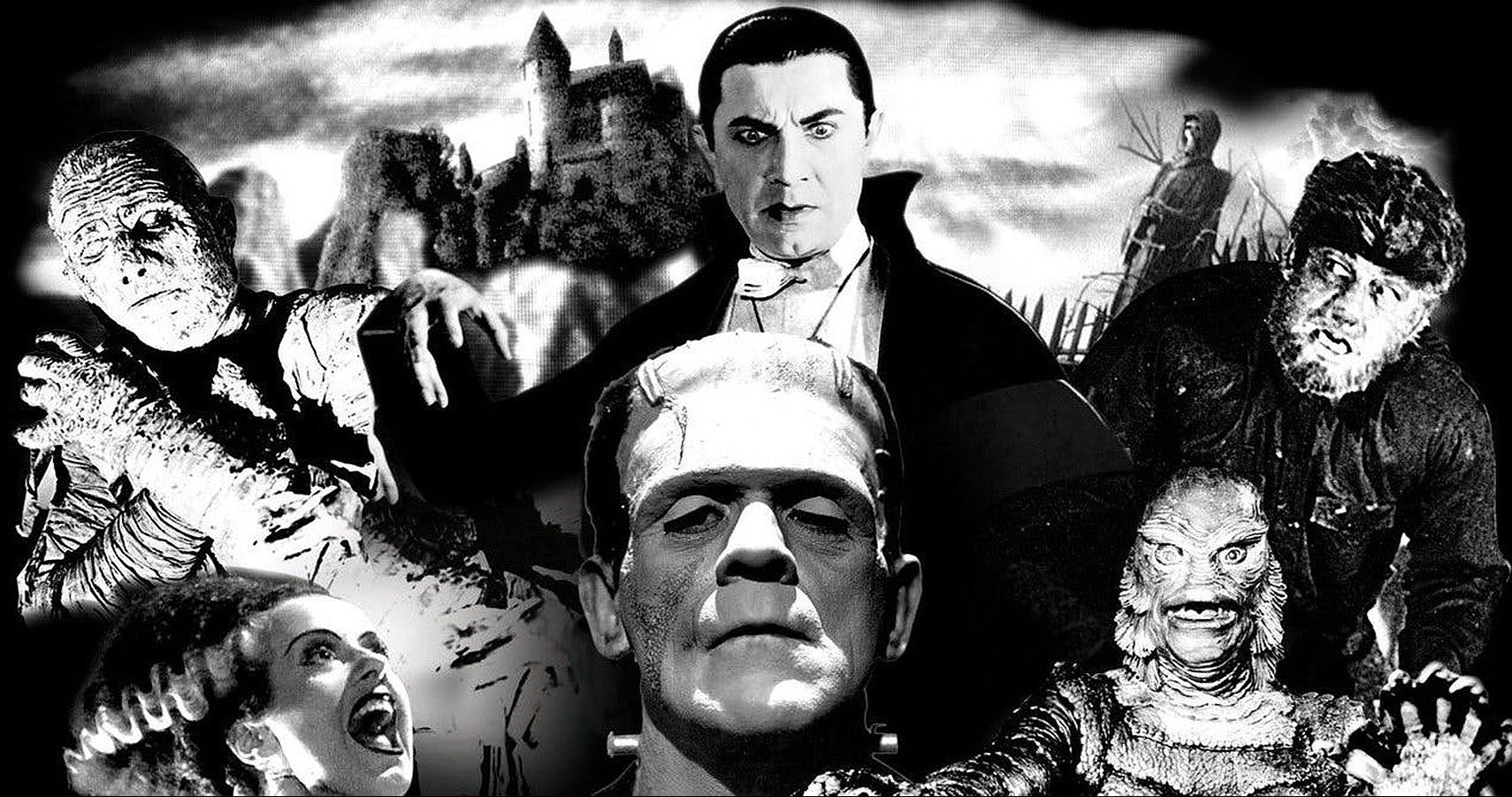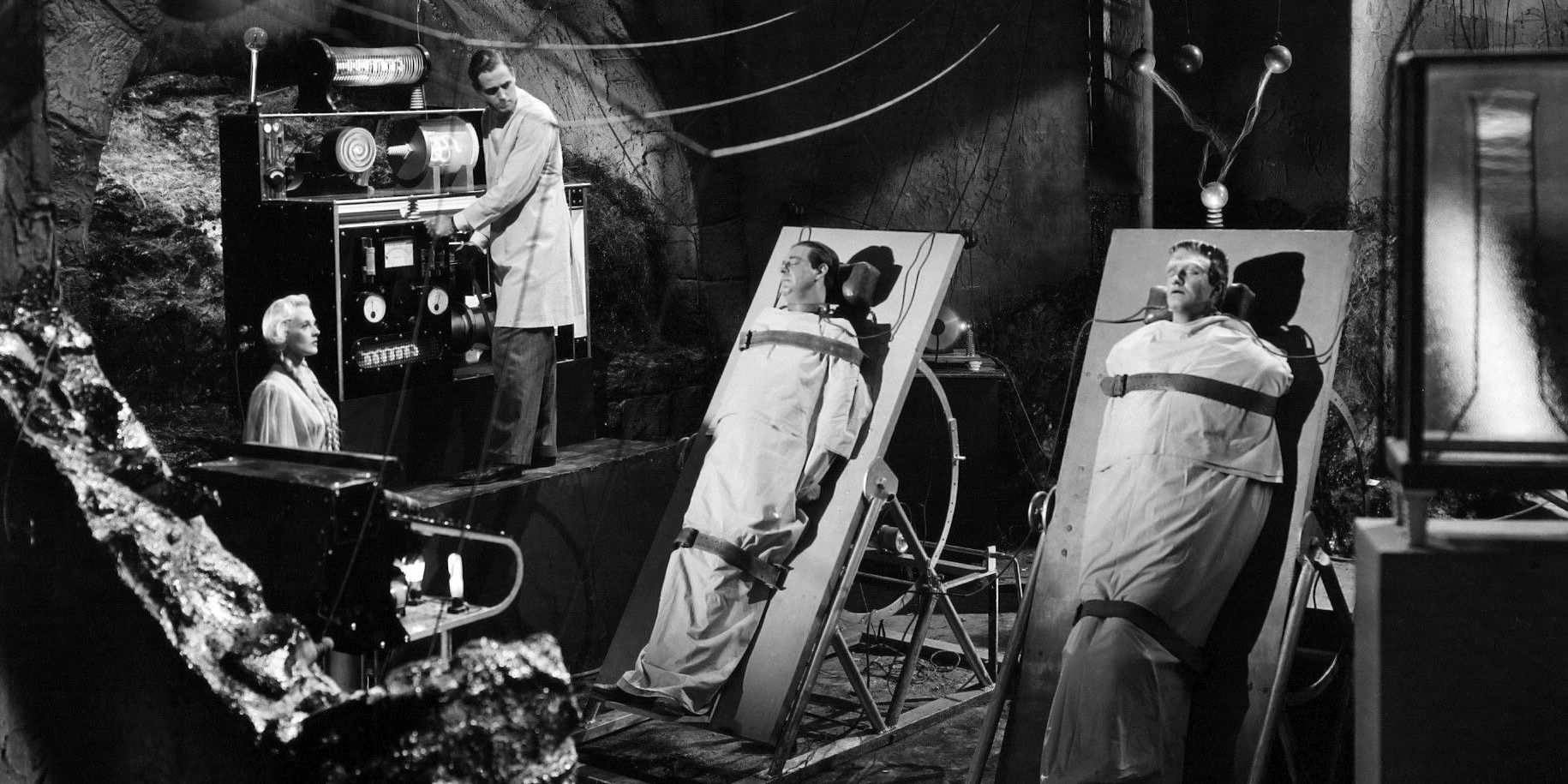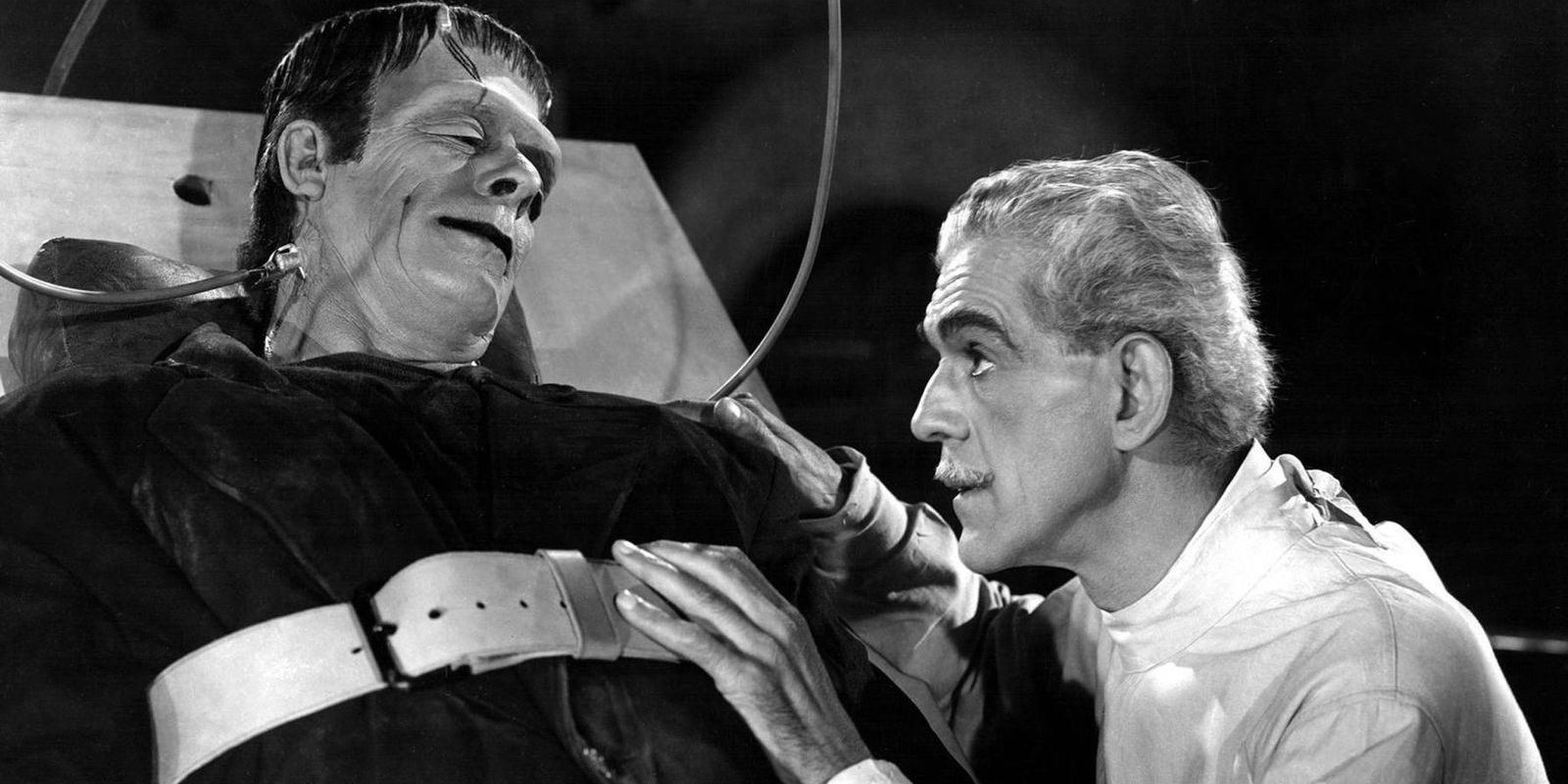Universal Studios failure with the Dark Universe was largely viewed as an attempt to replicate the success of the MCU; however it was their very own Universal monsters that helped to create crossover and multi-verse movies in the first place. In fact, their legendary series of horror films from the 1930’s and 40’s serves as an early precursor to the modern film and media franchises of today. Although Universal set many cinematic precedents by bringing their stable of monsters together in multiple movies, it wasn’t part of the initial plan.
Universal produced a couple of popular horror films during the silent era, but it was the runaway success of both Dracula and Frankenstein in 1931 that encouraged the studio to really explore the genre in the early thirties. While they made sequels to each of those movies during this time, they also introduced other classic monsters in standalone films like The Mummy and The Invisible Man. Unfortunately, their production of horror films slowed in 1936 due to a mix of censorship restrictions and the studio's change in ownership. Three years later, the monsters were back from the dead after the second Frankenstein film became a hit. Throughout the 1940’s, the studio churned out sequels for all the heavy-hitting monsters, while also creating original ones as in The Wolf Man.
It was during this time that Universal discovered they could bring the iconic characters they had created together in one movie. The whole idea of a crossover film was unheard of at that time, let alone any concept of a multi-verse. So, how were these very different monsters brought together to help Universal to achieve both of these cinematic firsts?
How Universal’s Classic Monsters Created Crossover Movies
Universal Studios brought cinema its first crossover film in 1943 with Frankenstein Meets the Wolf Man. It started as a joke by the screenwriter of The Wolf Man to the film’s producer, who promptly hired him to write the script. Directly following the continuity of both 1941’s The Wolf Man and 1942’s The Ghost of Frankenstein, the movie brings the two monsters together by having Larry Talbot (aka the Wolf Man), revive a frozen Frankenstein Monster in an attempt to find the now-deceased Dr. Frankenstein’s notes on the secret of life and death. As the title suggests, the two monsters do meet in a climactic battle-to-the-death at the end of the film. This classic monster-mash has served as a precedent and inspiration for popular movie-monster crossovers like Freddy vs. Jason and Alien vs. Predator.
How Universal’s Classic Monsters Created Multi-Verse Movies
Universal essentially picked up where the last film left off, bringing classic character Dracula into the fold with Frankenstein and the Wolf Man to create the first true "multi-verse" movie with 1944's House of Frankenstein. This time it didn’t start as a joke, and earlier drafts of the movie had the deliberate intention of including more of their iconic monsters. Ultimately they scaled back, but the film was successful enough to have the three monsters cross paths again in 1946 for House of Dracula. While both films bring these popular characters together to exist in the same universe, their interactions are few and far between. Universal really stretched on the word “shared” when they introduced comedians Bud Abbott and Lou Costello into the monsters multi-verse with 1948’s Abbott and Costello Meet Frankenstein. However, this featured more interplay between the big three monsters, along with a cameo appearance from the Invisible Man.
At the time they were released, Universal’s horror films were derided for many of the same reasons “comic book movies” are today. However, although these were quickly made B-movies, the people behind them worked without a roadmap to lay the groundwork for the other crossovers and shared universes we see in films, television, and comic books. It can be easy to overlook this impact, but it’s hard to ignore when one recognizes the robust fan base that the Universal monsters still enjoy to this day.



